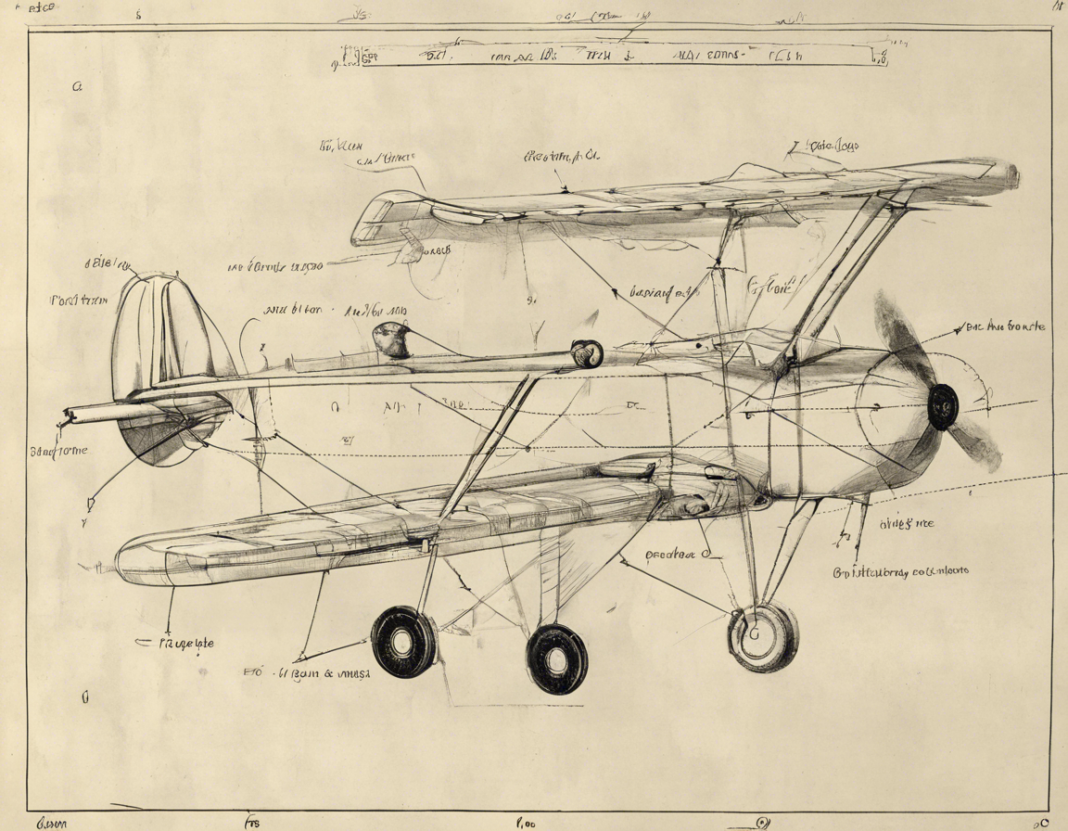Being a foundational concept in physics, motion in a plane is a fundamental aspect that students come across in their academic journey. Class 11 is a critical year where students delve into the nuances of motion, and understanding motion in a plane is essential for grasping more complex physics concepts.
Definition of Motion in a Plane
Motion can be described as the change in an object’s position concerning a reference point over time. When this motion occurs in two dimensions, it is termed as motion in a plane. Now, let’s break down the different aspects associated with this concept.
Scalars and Vectors
In motion analysis, it’s crucial to differentiate between scalars and vectors. Scalars are quantities that have only magnitude, such as time, speed, and distance. On the other hand, vectors have both magnitude and direction, like displacement and velocity.
Displacement in a Plane
Displacement refers to the change in an object’s position. In a plane, it is essential to consider both horizontal and vertical displacements to understand the complete motion of an object.
Velocity and Acceleration in a Plane
- Velocity is a vector quantity that defines the rate at which an object changes its position in a particular direction. It is the derivative of displacement concerning time.
- Acceleration, another vector quantity, represents the rate at which an object’s velocity changes. This change can be in magnitude, direction, or both.
Projectiles in Motion
The study of motion in a plane often involves analyzing the motion of projectiles. A projectile is an object that is thrown near the earth’s surface and moves along a curved path under the action of gravity.
Equations of Motion in a Plane
Understanding the equations of motion is crucial for solving problems related to motion in a plane. These equations are derived by analyzing the forces acting on an object in motion and can help predict its future behavior.
Newton’s Laws and Motion in a Plane
Newton’s laws of motion play a significant role in understanding motion in a plane. They provide the foundational principles for analyzing the behavior of objects under the influence of external forces.
Circular Motion
Circular motion involves an object moving along a circular path. It requires a thorough understanding of concepts like centripetal force, angular velocity, and tangential acceleration.
Relative Motion
Relative motion deals with the motion of an object concerning another moving or stationary object. It is essential when analyzing the motion of objects in different reference frames.
Graphical Analysis of Motion in a Plane
Graphs are a powerful tool for representing and analyzing motion in a plane. Velocity-time graphs and displacement-time graphs can provide valuable insights into an object’s motion.
FAQs (Frequently Asked Questions)
- What is the difference between speed and velocity in motion?
-
Speed is a scalar quantity that represents the rate of motion, while velocity is a vector quantity that includes both speed and direction.
-
How do you calculate displacement in a plane?
-
Displacement in a plane can be calculated by subtracting the initial position vector from the final position vector of an object.
-
What is projectile motion, and how is it analyzed?
-
Projectile motion refers to the motion of an object thrown into the air under gravity. It is analyzed by breaking down the motion into horizontal and vertical components.
-
What are the key equations of motion in a plane?
-
The key equations of motion in a plane are derived from Newton’s laws of motion and include equations for displacement, velocity, and acceleration.
-
How does circular motion differ from linear motion in a plane?
- Circular motion involves an object moving along a curved path, while linear motion occurs along a straight path in a plane.
In conclusion, mastering the concepts of motion in a plane is essential for students pursuing physics. By understanding the fundamental principles, equations, and laws associated with motion in a plane, students can build a solid foundation for more advanced physics topics. It is a cornerstone upon which various complex physics concepts and real-world applications are built, making it a crucial topic in the academic curriculum.
